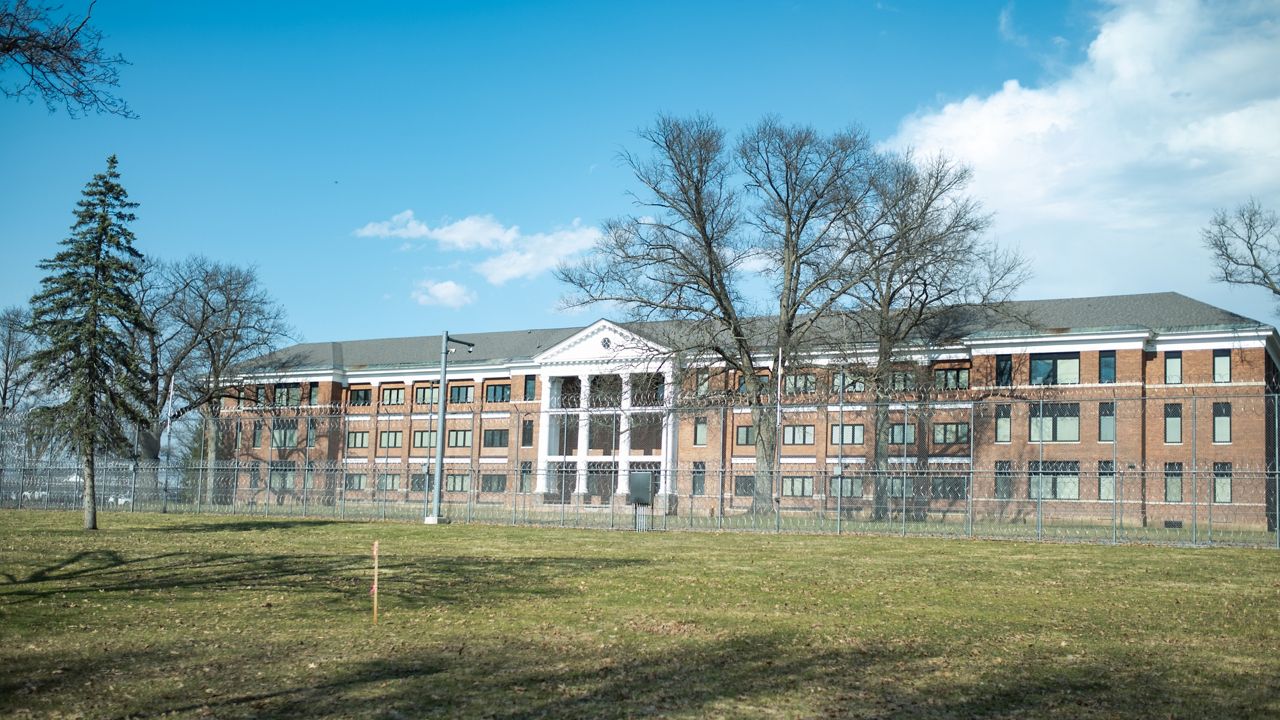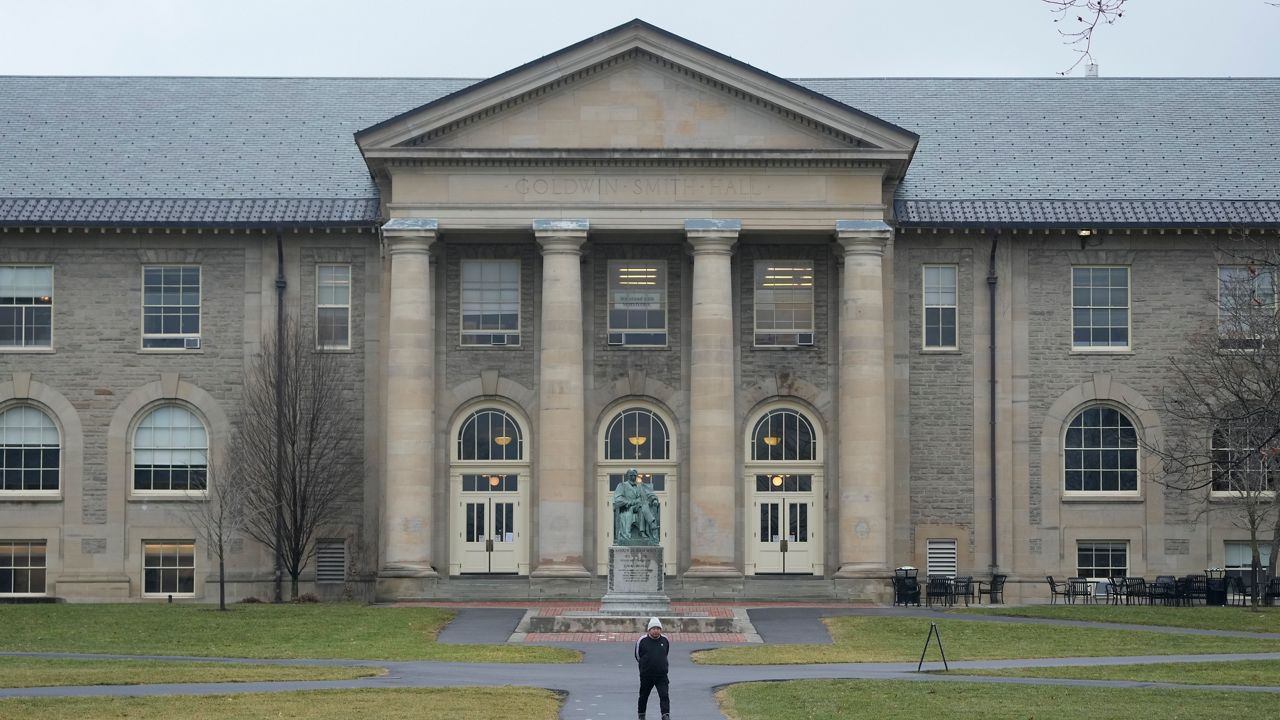What difference can a burp make?
The EPA says just one cow is responsible for 154-264 pounds of methane gas annually. So how can the impact be reduced? Cornell University researchers are exploring this topic. Animal respiration chambers built at the university are advanced, sophisticated and unique, and they could start to reveal more information about how a cow’s burps impact our atmosphere.
“A facility like this is the only one of its kind. It's very unique,” said Joseph McFadden, an associate professor of dairy cattle biology at Cornell, who says it took 2 years to build the facility of animal respiration chambers for research.
“And so the way we work is we measure the fresh gases going in and then we measure the gases going out,” said McFadden.
They’re tracking how much methane gas is created by cows by using the chambers.
“You know, roughly 6% of what they eat, the energy they eat is converted to methane. And so we have to try to figure out how to stop that,” said McFadden.
Inside these chambers, researchers can control the climate and keep track of what the cows are eating and drinking.
“So once she has her first meal of the day, that's when she makes the most methane is [those] first hours after that first meal,” said McFadden.
Each animal will spend about 48 hours inside, then an analyst will read the data and look for patterns.
“There's also something else I want to clear up is that methane itself predominantly comes from burps, the belches from the cow. Roughly 95% of all methane emissions come from belches,” said McFadden.
McFadden says some cows emit more methane than others, and they want to understand why. One of the things they’re focusing on is what they’re feeding the animals and how that impacts the methane created.
“It’s a frenzy. I've never seen it. And I've been doing animal science now for several decades. And there's never been a time like this in animal science. There's a lot of pressure on us to develop safe and effective feed additives; corporations are investing heavily in this to achieve their sustainability goals,” said McFadden.
New York State Agriculture and Markets contributed to the $2 million cost of the facility. Ultimately, they're hoping the data gathered by the research will improve methods, as well as bring more information about what owners can be feeding their cows. McFadden also said the study is contributing to the Global Methane Pledge, a goal to reduce global methane emissions 30% by 2030.










